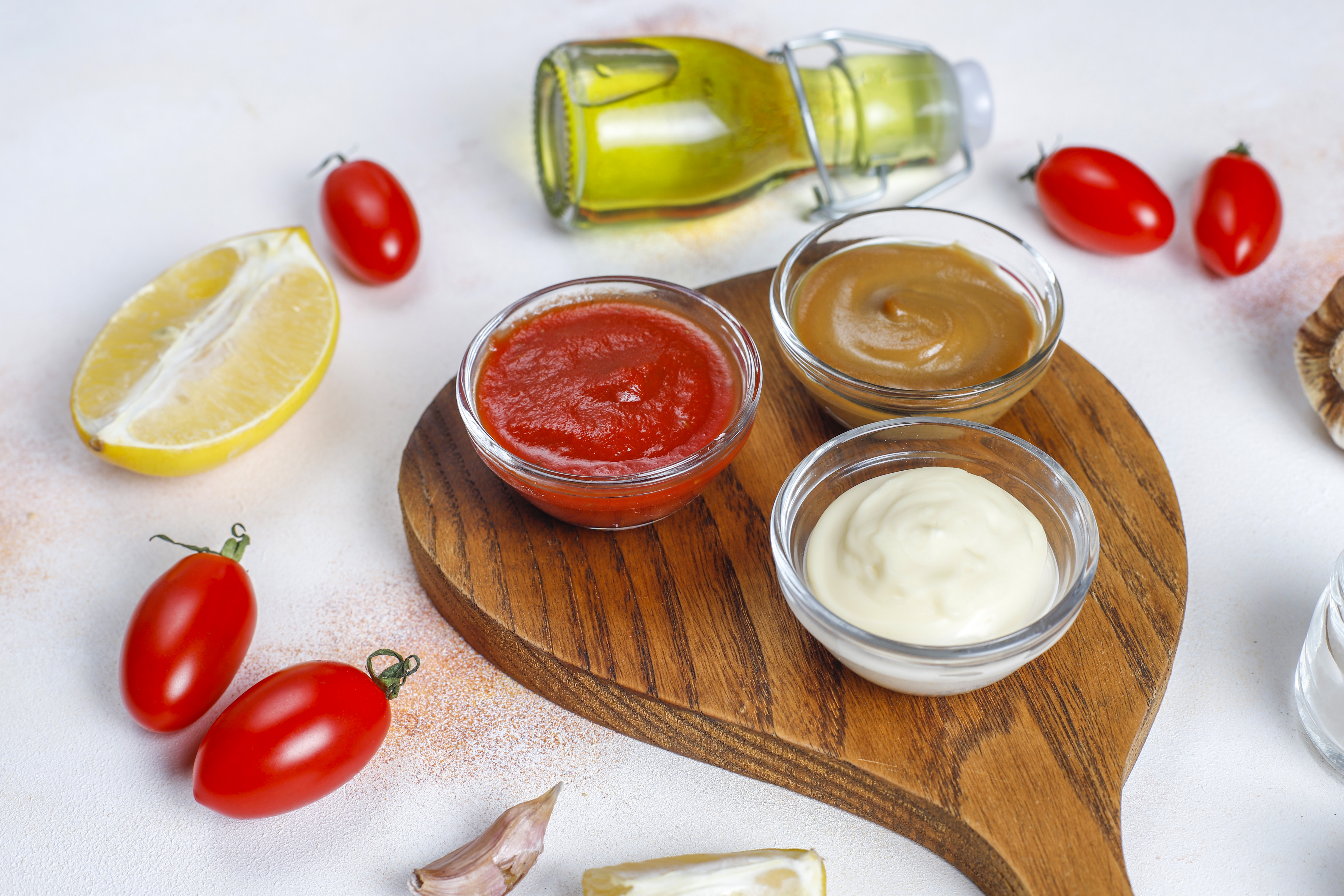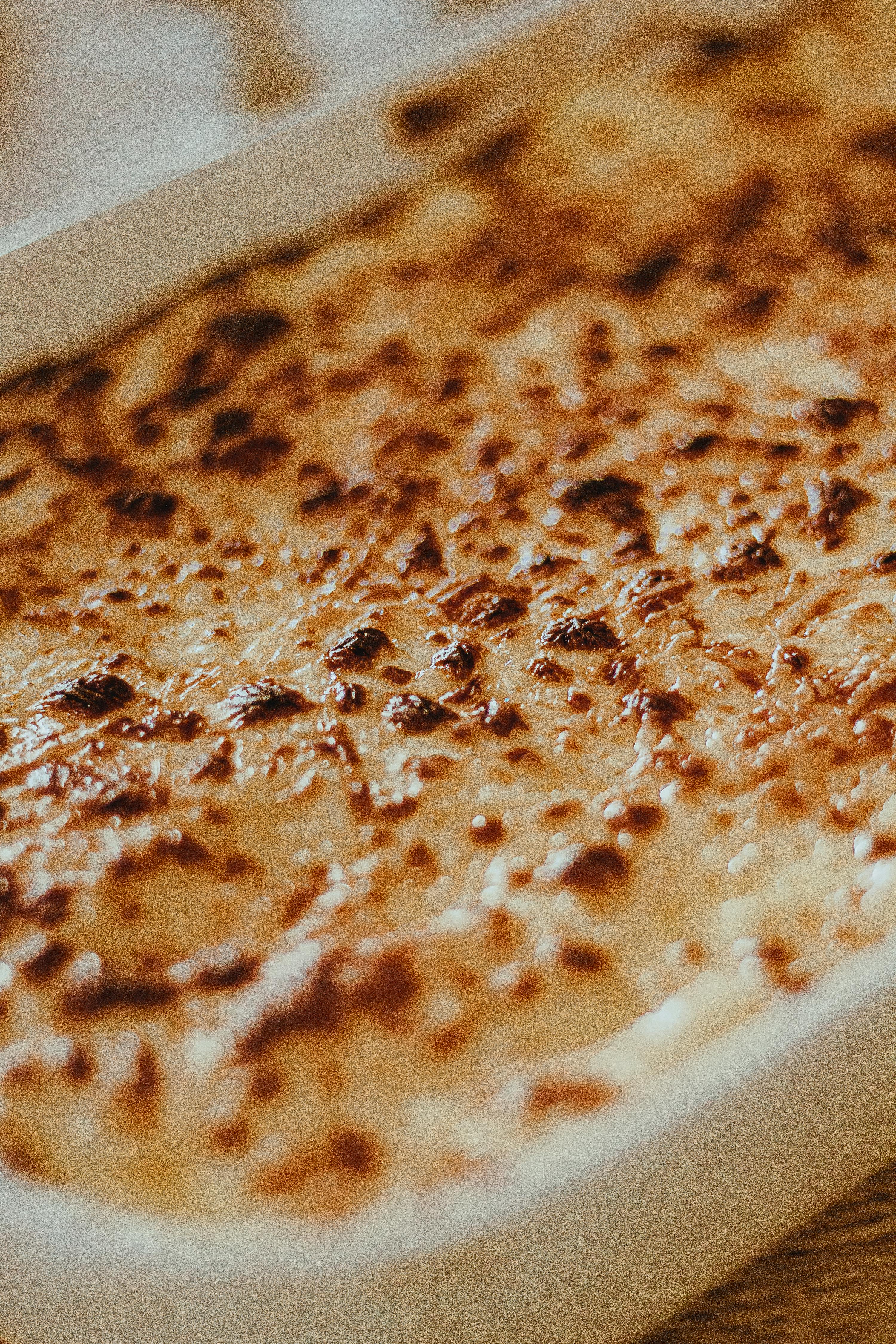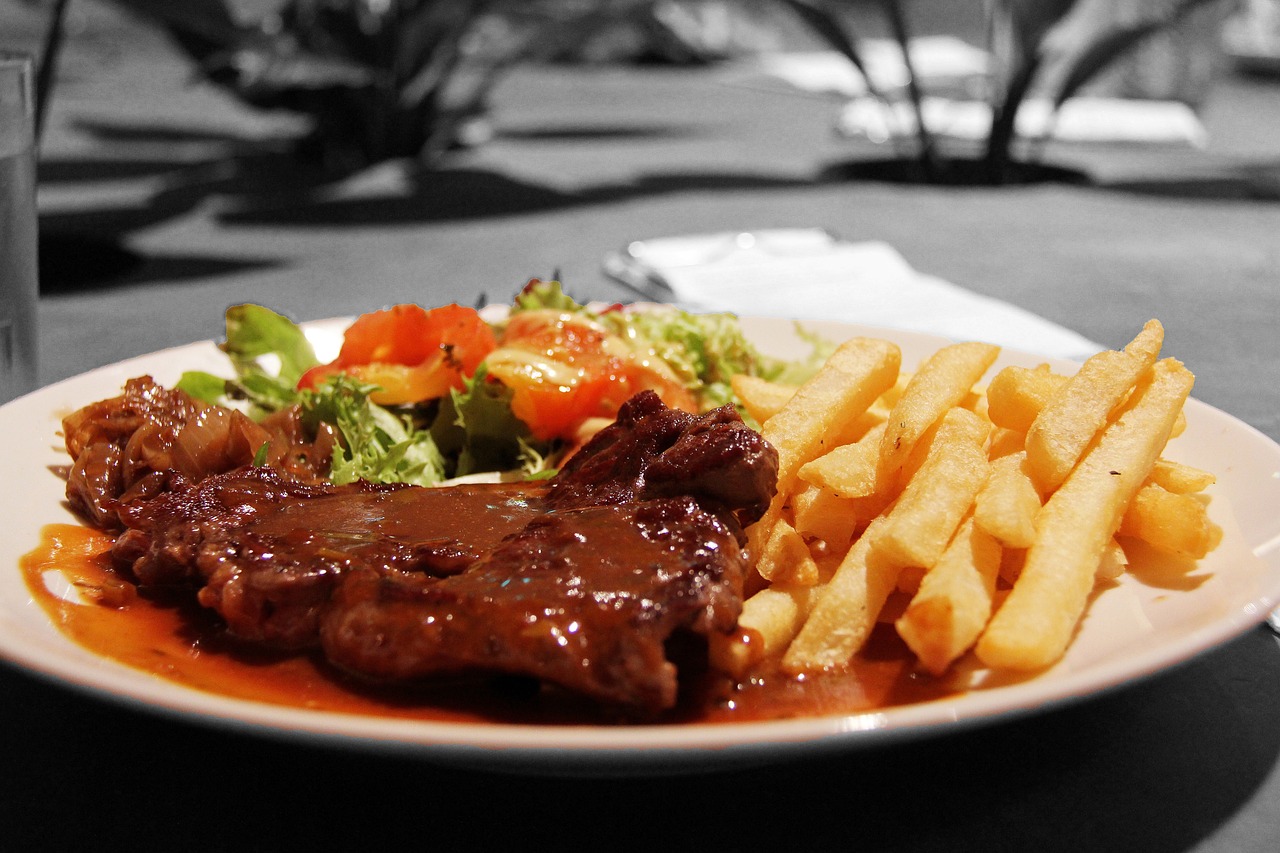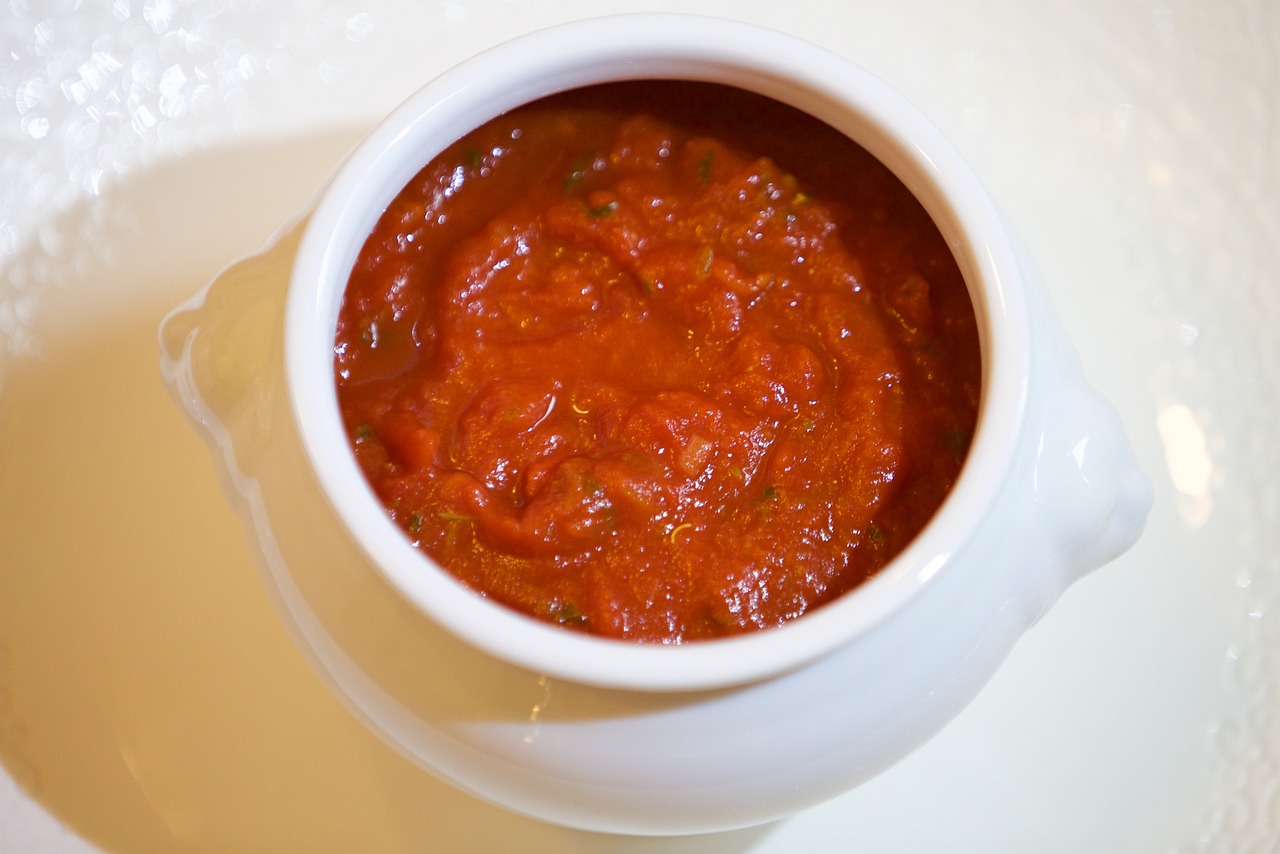The Mother Sauces and Why to Learn Them

The Mother Sauces Are Culinary Lego Bricks
Mother sauces teach balance—fat, acid, salt, and heat. Once you grasp these building blocks, you can tweak any dish. Need a thicker gravy for Thanksgiving? Béchamel it. Want to upgrade that boring tomato sauce from the jar? A quick roux and voilà—restaurant-quality marinara. You’ll be a sorcerer of sauces while everyone else is futzing with seasoning packets.
The five mother sauces—béchamel, velouté, espagnole, hollandaise, and tomato—aren’t just about French food. They’re frameworks that underpin countless sauces, gravies, and dressings. Once I learned them, they woke up countless adaptations and possibilities for my own darling—American cuisine. For instance:
- Béchamel is the backbone of mac and cheese.
- Velouté transforms into cream gravies (think chicken-fried steak or biscuits and gravy).
- Espagnole is the basis for rich meat sauces and stews, like a killer beef pot roast glaze.
- Hollandaise is the secret weapon for brunch royalty—eggs Benedict, anyone?
- Tomato sauce? Hello, BBQ bases, chili starters, and sloppy joe upgrades.
Your friends and family might not care about culinary theory, but trust me, they’ll notice the results. When your mac and cheese tastes like it came from a Southern grandmother's dreams instead of a blue box, they’ll be begging for your “recipe.” You won’t give them one, of course, because your secret sauce (pun intended) is technique, not instructions.
Overview: The Five Sauces
Béchamel: The Creamy MVP

Béchamel, the humble combination of milk thickened with a roux (butter and flour), is the cornerstone of creamy comfort food. It’s mild, velvety, and endlessly versatile, which is why the French have elevated it to mother sauce status. At its simplest, béchamel is the glue that holds gratins, soufflés, and lasagnas together. But don’t dismiss it as strictly a “French thing.”
For the home chef, béchamel is your go-to for making dishes like macaroni and cheese or chicken pot pie into something extraordinary. Instead of using pre-made soup or boxed cheese mix, start with béchamel and melt in your choice of cheese for a smoother, more flavorful result. It also upgrades casseroles, creates perfect cream gravies, and serves as a base for soups. Once you know how to whip up a béchamel, you'll see the potential for creamy indulgence everywhere.
Velouté: The Subtle Sophisticate

Velouté is like béchamel’s more refined cousin. Instead of milk, this sauce starts with a light stock (chicken, veal, or fish) thickened with a roux. It’s delicate, silky, and subtly savory, making it a versatile base for many dishes. The French love it because it adds polish and sophistication without overwhelming the flavors of the main ingredients, whether poultry, seafood, or even vegetables.
For the home chef focused on American cuisine, velouté is the secret to next-level gravies and soups. Imagine creamy chicken and dumplings made with velouté instead of just broth, or biscuits and gravy that taste like they came from a high-end Southern diner. Velouté can also form the backbone of chicken pot pies, chowders, or even lighter casseroles. It’s not flashy, but its ability to elevate the everyday makes it indispensable.
Also, my personal note for many a home-chef: velouté is the most slept-on of the mother sauces. To many, it sounds boring, so people don’t take the time to learn it. Big mistake. The point of the velouté is that it enhances texture and mouthfeel without getting in the way.
Espagnole: The Flavor Bomb

Espagnole is the heavyweight champion of the mother sauces. Made with a dark roux, beef stock, mirepoix (onion, carrot, and celery), and tomato paste, this sauce is deeply flavored and complex. It’s the base for demi-glace, the ultimate reduction that French chefs consider the gold standard of sauces. But even without going full haute cuisine, espagnole’s richness is a game-changer.
For my kitchen, espagnole is the secret to unbeatable gravies, stews, and roasts. Transform your pot roast juices into a deep, savory sauce or give a basic beef stew an edge with a ladle of espagnole. It’s also a great starting point for homemade barbecue sauces or even a decadent burger topping. Its depth and richness turn any meat-forward dish into something memorable, making it an essential weapon in your culinary arsenal.
Hollandaise: The Brunch Star

Hollandaise is pure decadence: an emulsified sauce of egg yolks, butter, and lemon juice whisked to silky perfection. The French adore it because it takes basic ingredients and transforms them into something luxurious. Its bright acidity and buttery richness make it a favorite for brunch and beyond.
For a home chef, hollandaise opens up a world of possibilities. While eggs Benedict is the obvious choice, hollandaise is equally at home drizzled over roasted asparagus, spooned onto poached salmon, or served with steak for an indulgent twist on surf-and-turf. You can even riff on the classic by adding chipotle or lime to pair with Southwestern dishes. Mastering hollandaise means mastering elegance—and earning bragging rights as the person who can whip it up without breaking a sweat.
Sauce Tomate: The Universal Darling

Tomato sauce might seem like the least “French” of the mother sauces, but the French standardized it for good reason. Whether enriched with roux, stock, or aromatics, it’s versatile and vibrant, capable of anchoring everything from rustic stews to sophisticated plates. Its bright acidity and bold flavor make it a cornerstone of global cuisines.
For American cooking, tomato sauce is the unsung hero. It’s the starting point for barbecue sauces, chili bases, and classic sloppy joes. A simple tomato sauce can be transformed into a rich marinara, a smoky enchilada sauce, or a sweet-and-tangy pizza topping. Once you understand its structure, you’ll find that tweaking the seasonings and accompaniments lets you adapt it to almost any dish. Tomato sauce is where tradition meets innovation, making it essential for creative home chefs.
All in all, learning the mother sauces isn’t about embracing French cuisine—it’s about mastering culinary fundamentals that transcend any single tradition. These sauces are the frameworks upon which countless dishes are built, giving you the tools to improvise, innovate, and consistently deliver flavor. With them, you’ll understand how to craft not just great recipes but great food, period. Go forth and make sauce.
 Matthew Christensen
Matthew Christensen
Weekly Newsletter Contributor since 2023
Email the author! matthew@dvo.com
